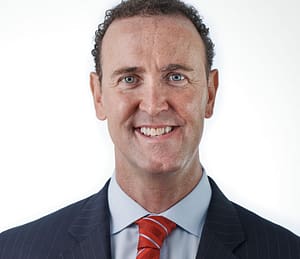The two primary ways to get out of Student Loan Default are through Consolidation and Rehabilitation. The first step is to research your student loan online and determine what kind of loans that you have under your account.
1. Consolidation:
Borrowers can consolidate their defaulted student loans into a new Direct Consolidation Loan with a repayment plan tied to their income. After obtaining a Consolidation Loan, the borrower gets a fresh start with a new loan. As of July 1, 2010, Direct Consolidation Loans are the only type of federal consolidation loans available. All federal loan borrowers may obtain Direct Consolidation Loans. However, they must have at least one Federal Family Education Loan (FFEL) or Direct Loan Program Loan (Direct Loan) to qualify for consolidation.
There are drawbacks and limits to consolidation as a way out of default. Borrowers should understand that the balance will increase after consolidation due to the addition of collection fees. One of the most important limits is that defaulted Direct Consolidation Loans may not be reconsolidated. In effect, this means the borrower has only one shot at consolidating as a way out of default.
To obtain a Direct Consolidation Loan, borrowers in default either have to make three (3) consecutive reasonable and affordable payments based on their total financial circumstances or agree to select an income-contingent repayment plan (ICRP) or income based repayment (IBR) plan.
Payments Are Not Required to Get Out of Default Through Consolidation
Unfortunately, the Department of Education and Collection Agencies often claim inaccurately that all borrowers must make preliminary payments (sometimes three, sometimes six) in order to consolidate out of default.
This misinformation derives from the Department of Education’s monetary incentive system which motivates Collection Agencies to lie, cheat and steal from borrowers with limited means. The monetary incentive system disproportionately rewards Collections Agencies if borrowers make payments prior to consolidation. It is important to know that this is not the law and does not have to be followed in order to be successful at pursuing a consolidation to get out of default.
Furthermore, if a borrower applies directly to the Direct Loan Program for consolidation and does not use the Collection Agency as a middleperson, the agency will generally not earn any fee.
There is no charge to obtain a Direct Consolidation Loan. Borrowers may apply by regular mail, on-line, or by phone under certain circumstances. Borrowers may request an application by calling the current toll-free number, 1-800-557-7392 or, for TDD, 1-800-557-7395. Borrowers can also apply for Direct Consolidation Loans on-line at https://loanconsolidation.ed.gov/AppEntry/apply-online/appindex.jsp



